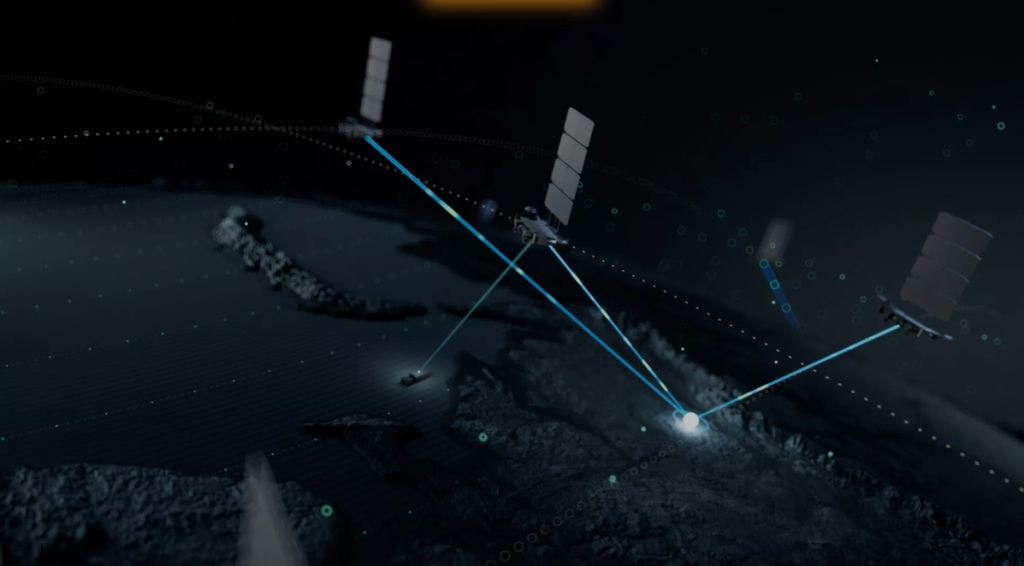Russia’s Hi-Tech Starlink Analog Can Free Global South From US Tech Dominance: Here’s How

by Sputnik [9-17-2025].
(RAD: This is another example where others realize that the West can't be depended upon to not weaponize a service. Remember that the US & SWIFT weaponized the $dollar, so now BRICS & SCO nations are trading with their own national currencies, instead of the $dollar. Therefore, it is necessary to build a parallel satellite communication service that isn't controlled by the West. It looks like this new Russian service has carefully analyzed Musk's satellites and found ways to improve the service at a lower cost. — RAD)
Roscosmos is “moving at a rapid pace” toward fielding an alternative to Elon Musk’s satellite internet empire. Veteran military expert Yuri Knutov breaks things down.
What’s Russia Building?
Bureau 1440 is working on a low-Earth orbit (LEO) sat net for broadband data delivery
- multiple test vehicles are already in orbit
- communications tested at ranges of 30-1,000 km
- first stage of series deployment slated to start in December (300 satellites); 900 in stage two
- ~500 base stations planned
- homegrown terminal coming “soon,” per Roscosmos chief Dmitry Bakanov
- trial roll-out planned for 2027
What Makes Russia’s Version Better?
Musk’s system works like this: ground-based Starlink Gateways communicate with orbiting satellites using electromagnetic radiation, with signals then communicated back down to Earth-based terminals.
Russia’s system uses laser beams, which “are more modern digital technologies providing faster & higher quality data transmission, as well as improved resistance to interference,” Knutov explains.
Longer Range
An effective range of up to 5,000 km “means far fewer satellites are needed than Elon Musk’s system (hundreds vs thousands),” Knutov explains.
That makes the Russian system not only less costly, but less harmful to the already heavily overcrowded LEO (Low Earth Orbit) environment.
Doppler Effect: Solved
“We’ve been able to completely compensate” for the Doppler signal frequency issue, occurring from the high speeds (27,000 km/h) at which satellites orbit Earth, “allowing the signal to be maintained virtually free of interference & distortion.”
Global Implications
The system will provide secure, high-speed communications to:
- Russian resource sector companies working in remote areas
- ships situated anywhere on Earth
- the military, for command, control & real-time battlefield reports, ensuring informed decision-making
Alternative to US tech
“Nations of the Global South understand that dependence on the US makes them vulnerable. Internet access via Starlink can be restricted at any time. Availability of a Russian system providing equally good or even better services is crucial,” Knutov says, emphasizing that the new system cannot be deployed too soon.